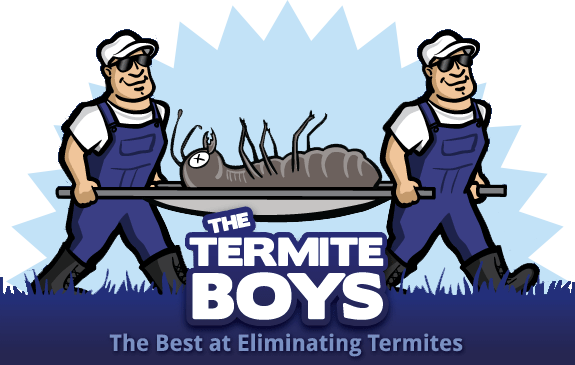It may not be hard to believe that termites make for easy prey. Luckily for termites, colonies tend to survive despite being preyed upon by a variety of animals. The fact that termites are relatively small sized insects helps them to go unnoticed by larger mammalian predators. Although termites are preyed upon by several mammals, such as anteaters, aardvarks, monkeys and even gorillas, the biggest predatory threat to termites is other insects and spiders. It is well known that many ant species prey upon termites, and at least one spider species hunts only termites, but there is another arachnid species that aggressively and successfully hunts and consumes termites regularly. These termite predators are scorpions, and they sometimes nest within mounds in order to ambush unsuspecting termites as they arrive at their nests. What makes scorpions unique as termite predators is their ability to alter their foraging strategies in order to catch termites. This alteration is of interest to researchers, as foraging behaviors are regarded as fixed and unchangeable in a species.
For the vast majority of animals, modes of foraging behavior cannot be altered due to limitations in physiological and morphological traits. Predation pressure also keeps foraging modes fixed in each species. However, researchers have noted that an organism’s foraging behavior can change if the abundance of available prey within an environment changes. For example, researchers discovered that the scorpion species known as Buthus occitanus israelis will alter its foraging method in order to maximize the number of termites it captures.
It was long believed that scorpions were only ambush predators, meaning that they sit and wait for their unsuspecting enemies to approach before attacking. However, the Buthus occitanus israelis has a difficult time catching harvester termites because these termites spend their time below ground. Harvester termites only surface when they are within close range of their nests. In order for the scorpions to successfully kill and consume these termites, they abandon their ambush method in favor of attacking these termites at ground level. The scorpions will move around a nest while stinging as many termites as possible. Once all of the termites have retreated into their nests, the scorpion collects all of the termites that it killed. By abandoning their ambush method of foraging, scorpions are able to capture more termites in a shorter amount of time. However, the fast movements that their secondary foraging method requires comes at a greater metabolic cost.
Do you believe that insects and spiders are more likely than other animals to alter their foraging methods due to drastic environmental changes that most other animals do not experience?

